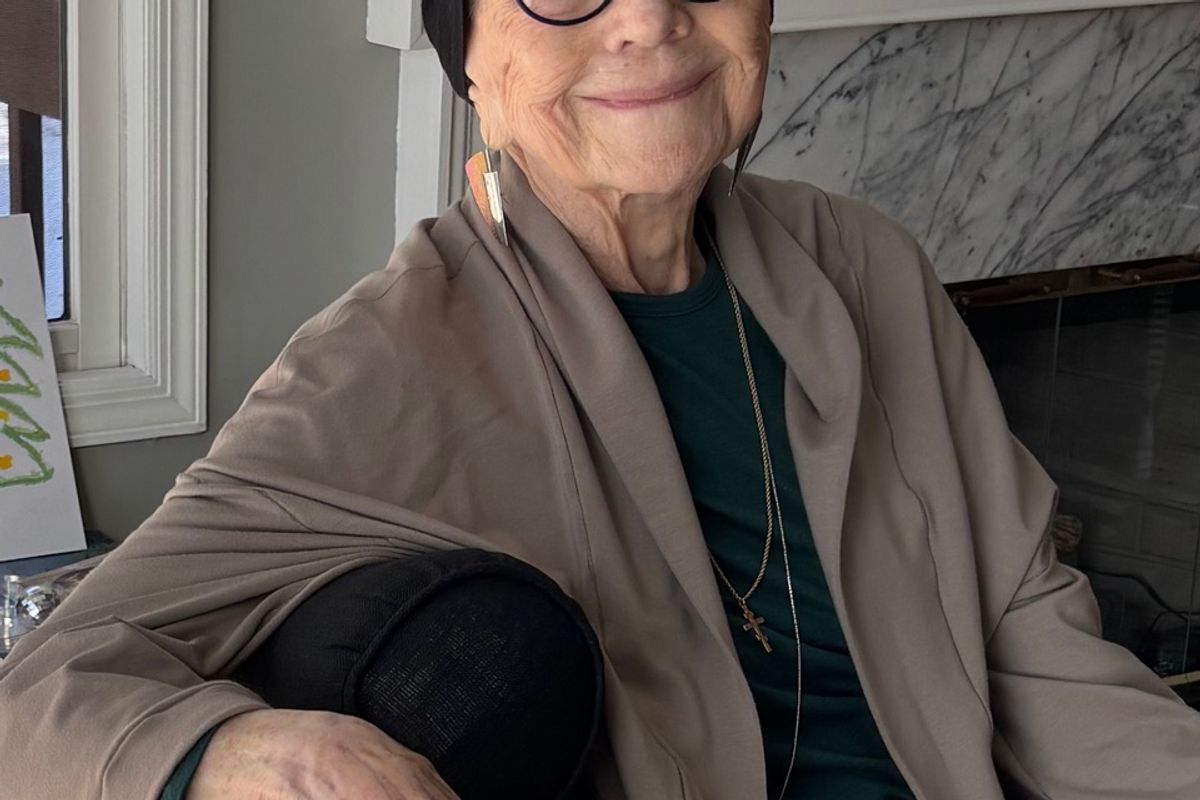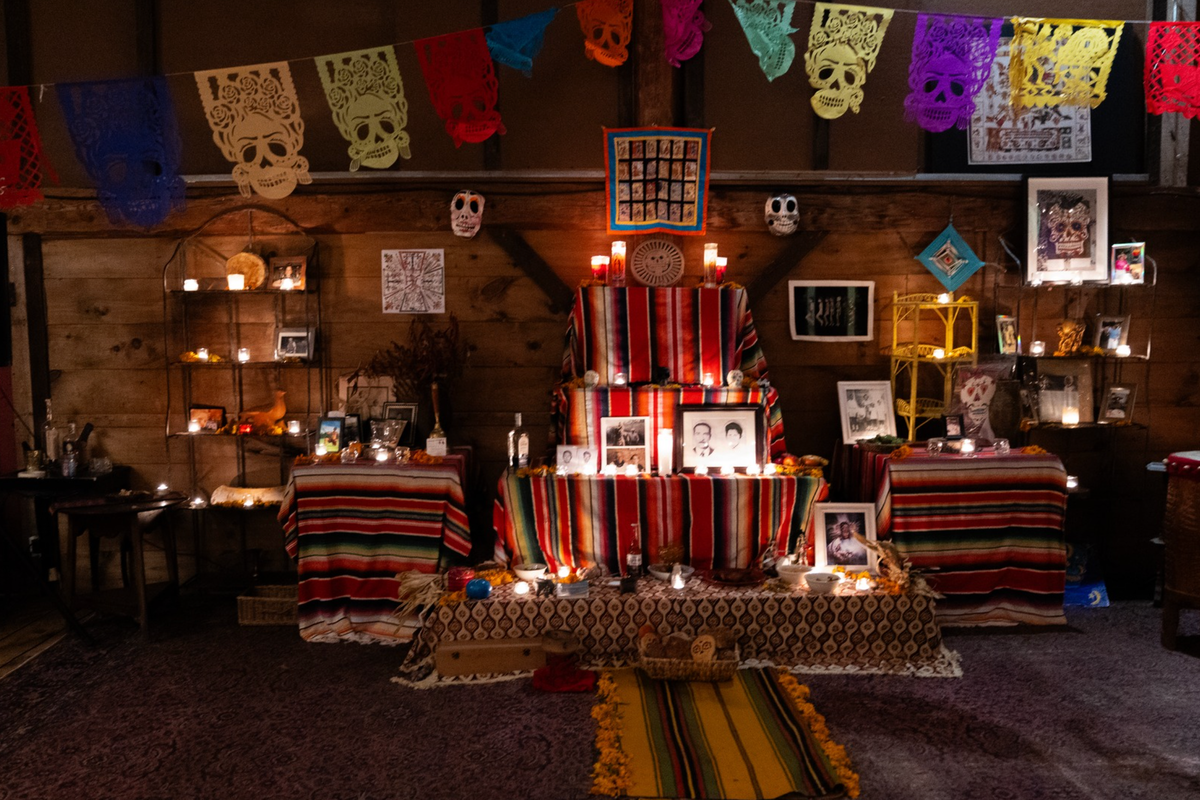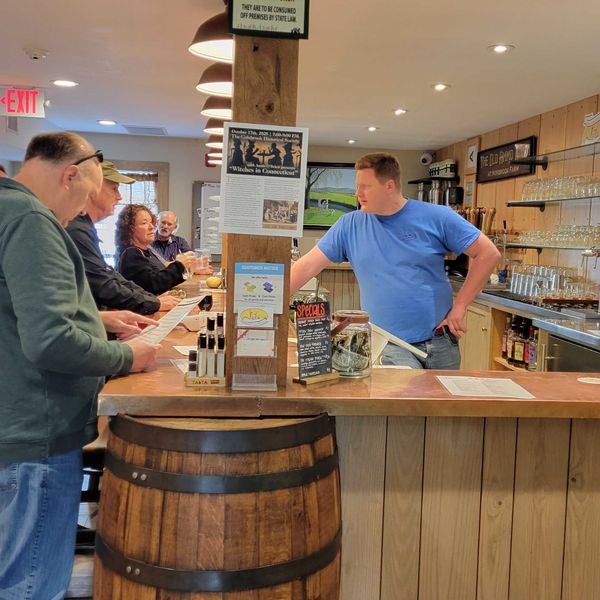With the elevator in place at The Moviehouse, a time to celebrate

Macey Levin, at left in photo, and Richard Boyle, at right, celebrated the newly installed elevator at The Moviehouse in Millerton with a champagne toast.
Photo by Leila Hawken

 The Nonnewaug girls team celebrates as victors in the Berkshire League tournament final Oct. 28.Photo by Riley Klein
The Nonnewaug girls team celebrates as victors in the Berkshire League tournament final Oct. 28.Photo by Riley Klein







